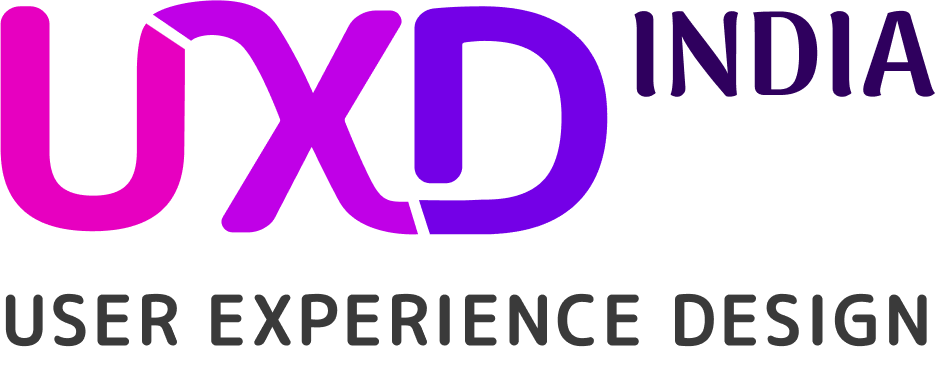Scale Recruitment Faster with a Powerful CRM Strategy

Is your hiring process lagging behind your business growth?
Many recruiters know the struggle: resumes pile up, great candidates slip through the cracks, and follow-ups get missed in email chains. In such a competitive hiring landscape, can your team afford these inefficiencies?
This is where a Customized CRM strategy steps in—not just as a database, but as a recruiter’s control panel to scale hiring, maintain relationships, and speed up decision-making. But what exactly does that look like in practice?
Let’s dive into how recruitment leaders are using CRM platforms to build smarter, faster pipelines—and how you can too.
1. From Spreadsheets to Smart Pipelines
Recruiters still stuck using Excel sheets or fragmented ATS systems often face:
- Duplicate entries
- Lack of candidate engagement tracking
- Delayed coordination with hiring managers
A Customized CRM centralizes candidate profiles, engagement histories, and interview feedback—allowing your team to spot top talent faster.
✅ Example:
Michael Page India, a global firm, uses CRM-powered software to streamline candidate mapping and reduce placement timelines.
Source: Michael Page India – Hiring Solutions
2. Automate Outreach Without Losing the Human Touch
Hiring often fails because candidates don’t feel personally valued. A CRM strategy allows recruiters to:
- Send automated but personalized follow-ups
- Schedule reminders for key candidate touchpoints
- Re-engage past candidates with new roles
✅ Example:
ManpowerGroup automates candidate follow-ups using CRM-integrated email sequences, improving response rates and reducing cold call fatigue.
Source: ManpowerGroup Recruitment Strategies
3. Collaborate Across Teams in Real-Time
Do your hiring managers work in silos? That’s a recipe for miscommunication and hiring delays.
With the right Customized CRM, you can:
- Share notes, interview ratings, and status updates instantly
- Maintain version control on job descriptions and candidate evaluations
- Trigger notifications for approvals or rejections
✅ Example:
LinkedIn Talent Solutions, though not a CRM in the traditional sense, integrates seamlessly with CRMs to allow real-time collaboration between recruiters and hiring managers.
Source: LinkedIn Recruiter Integrations
4. Get Deeper Analytics on Pipeline Health
How long is your average time-to-hire? Where do candidates usually drop off? Which recruiter performs best?
CRM tools give you live dashboards showing:
- Candidate funnel performance
- Offer acceptance rates
- Hiring speed per role or department
✅ Example:
Zoho Recruit, used by several Indian and global firms, provides customizable recruitment analytics and workflow automation, helping businesses make data-driven hiring decisions.
Source: Zoho Recruit Features
5. Build Talent Pools That Scale Over Time
It’s not always about the hire today. A powerful CRM strategy ensures you build long-term relationships with candidates who may be a better fit in the future.
You can:
- Tag and categorize passive talent
- Track engagement with past roles
- Nurture them through newsletters or event invites
✅ Example:
Randstad India uses a long-term CRM strategy to build segmented talent pools by industry, enabling them to fill roles faster without starting from scratch each time.
Source: Randstad Talent Pooling
Ask Yourself: Is My Current Process Scalable?
Here are a few questions every recruiter should ask:
- Do I know which job postings generate the best candidates?
- Can I view a candidate’s full engagement journey in seconds?
- Am I spending more time managing spreadsheets than building relationships?
If you’re nodding “no” to any of these, it might be time to rethink your recruitment CRM strategy.
CRM Is No Longer Optional
Scaling recruitment in 2025 requires more than just a bigger team. You need sharper tools, cleaner workflows, and deeper insights—all of which a Customized CRM delivers when tailored to the recruiter’s lifecycle.
